Yarrow, Pineapple Mint, Lavender Nana Alba, Snowdrift Thyme & Rosemary Blue Lagoon
My second best supplier of herbs had a stall at the Sunday farmer's market this weekend. Obviously I ended up buying 5 herbs. I've tried some of their plants in the past without great success (when transported back to Greece) but I believe I had a big part of the failure since the plants had not been well taken care of here in London. Specifically every time I've tried to grow any type of Thyme I haven't succeeded. Probably because Thyme requires very good drainage which is not easy when growing herbs indoors in pots. I did manage to replant the Pineapple Mint at Papouri last spring and need to check if it has survived when back. Enriching my rosemary plants will be my next target because I know that the soil and conditions are favourable to the species.
YARROW
ACHILLEA MILLEFOLIUM
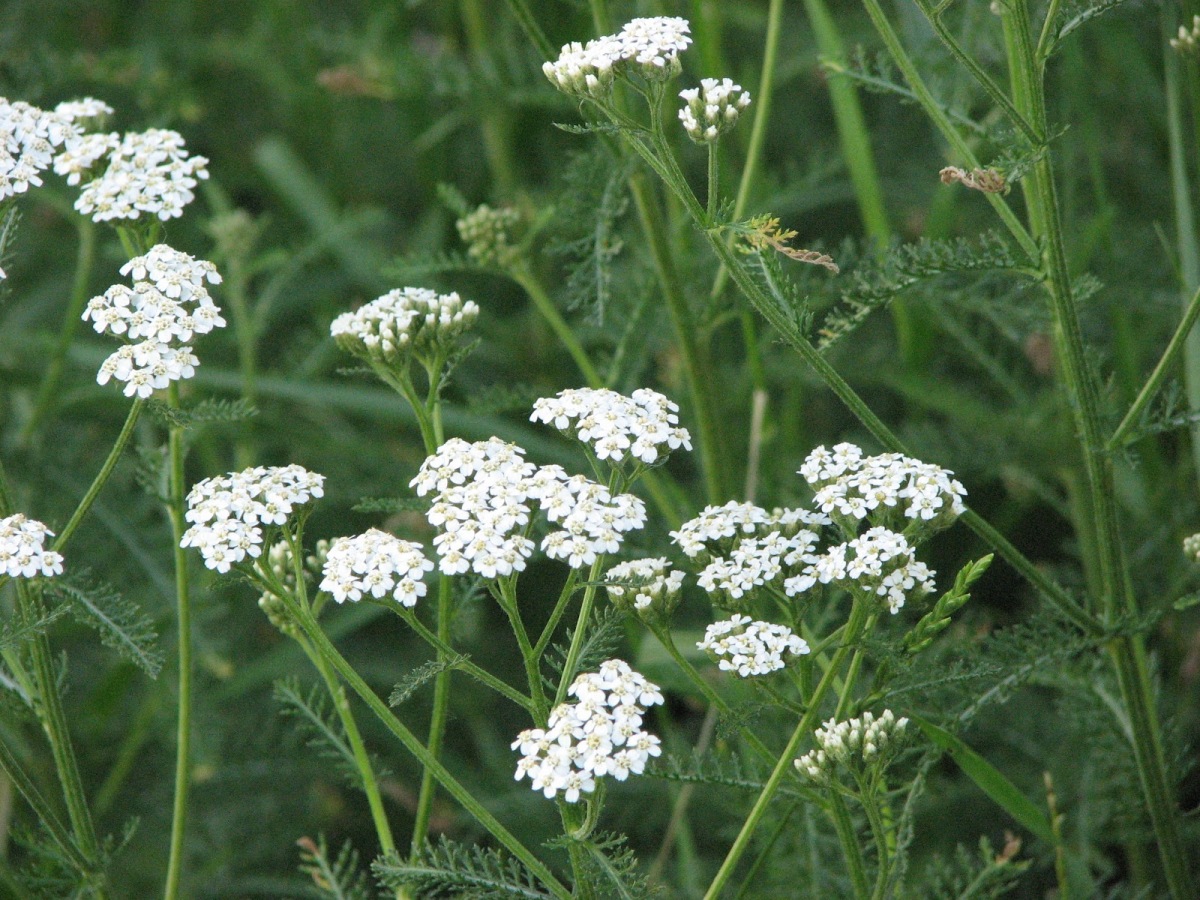
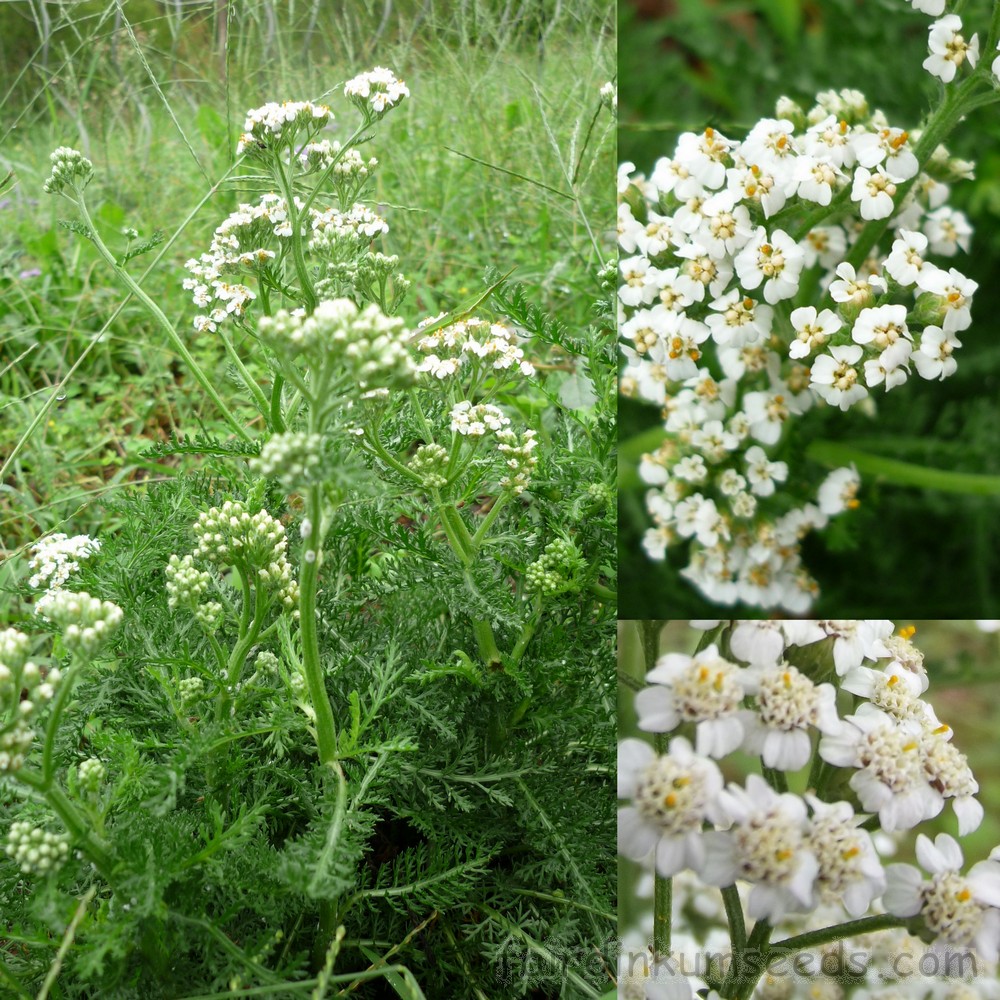


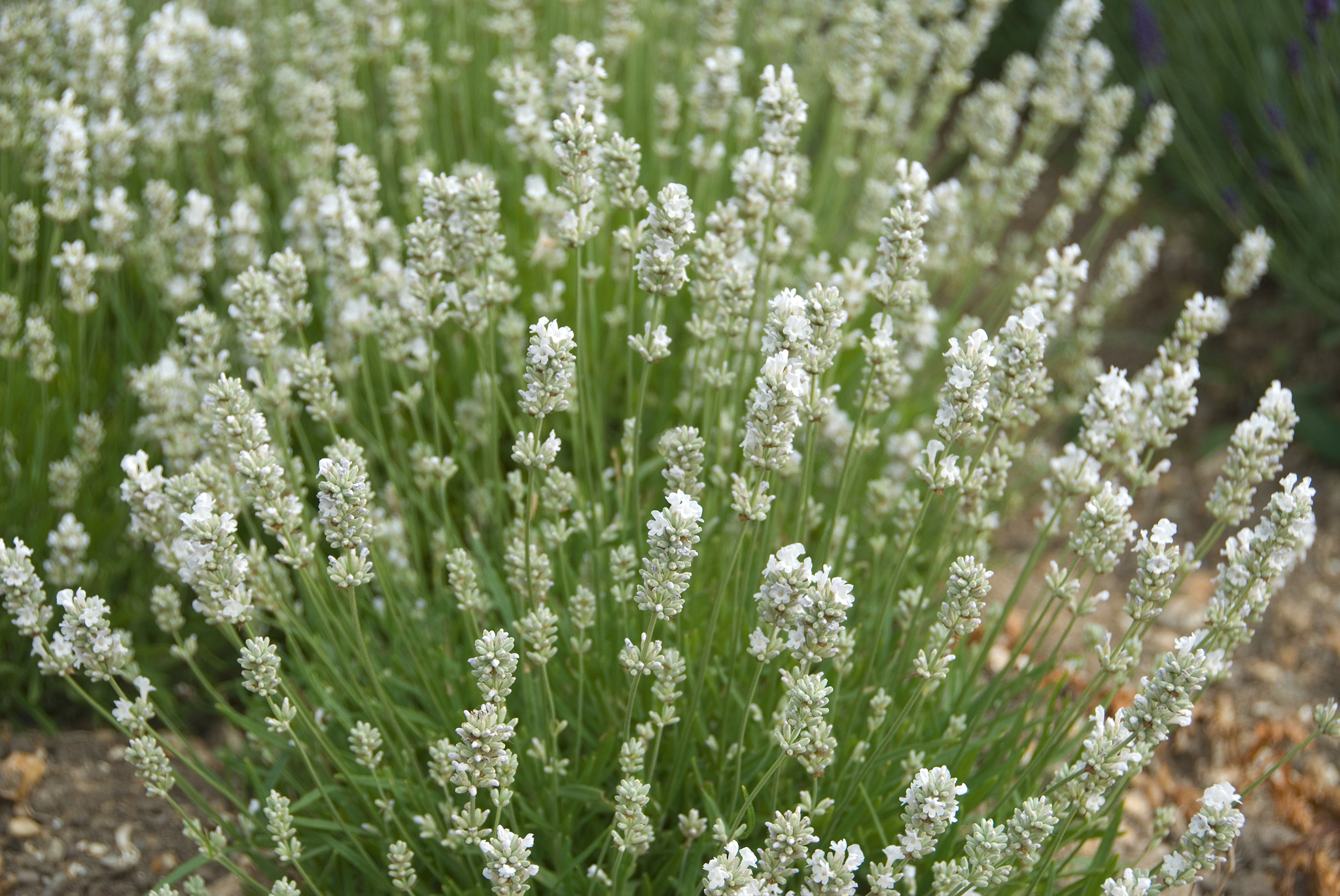
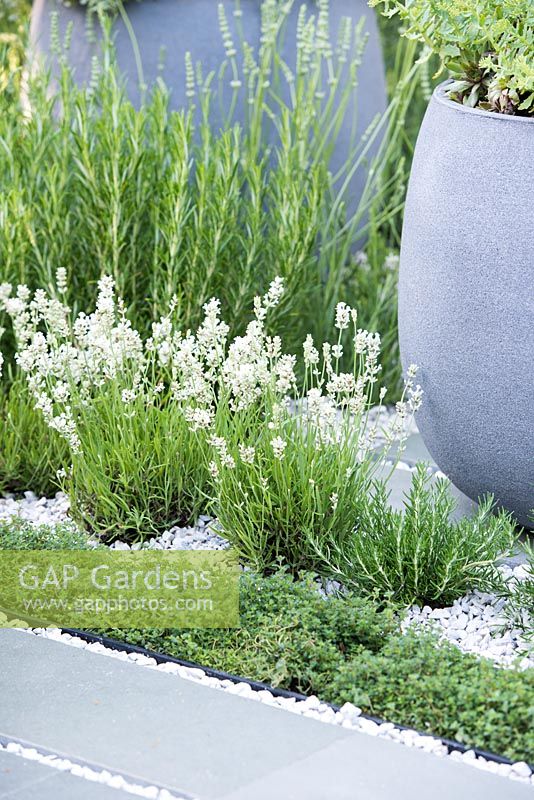

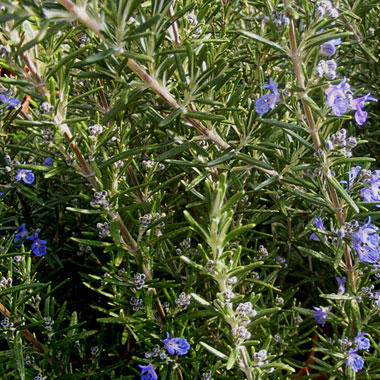


YARROW
ACHILLEA MILLEFOLIUM
Achillea millefolium, commonly known as yarrow /ˈjæroʊ/ or common yarrow is a flowering plant in the family Asteraceae. It is native to temperate regions of the Northern Hemisphere in Asia, Europe, and North America.[2] It has been introduced as a feed for livestock in places like New Zealand[3] and Australia, where it is a common herb of both wet and dry areas, such as roadsides, meadows, fields and coastal places.[3]
In New Mexico and southern Colorado, it is called plumajillo (Spanish for 'little feather') from its leaf shape and texture. In antiquity, yarrow was known as herbal militaris, for its use in stanching the flow of blood from wounds.[4] Other common names for this species include gordaldo, nosebleed plant, old man's pepper, devil's nettle, sanguinary, milfoil, soldier's woundwort, thousand-leaf, and thousand-seal.[5]
Achillea millefolium is an erect, herbaceous, perennial plant that produces one to several stems 0.2–1 m (0.66–3.28 ft) in height, and has a spreading rhizomatous growth form. Leaves are evenly distributed along the stem, with the leaves near the middle and bottom of the stem being the largest. The leaves have varying degrees of hairiness (pubescence). The leaves are 5–20 cm (2.0–7.9 in) long, bipinnate or tripinnate, almost feathery, and arranged spirally on the stems. The leaves are cauline, and more or less clasping.[5]
The inflorescence has 4 to 9 phyllaries and contains ray and disk flowers which are white to pink. The generally 3 to 8 ray flowers are ovate to round. Disk flowers range from 15 to 40. The inflorescence is produced in a flat-topped capitulum cluster and the inflorescences are visited by many insects, featuring a generalized pollination system.[6] The small achene-like fruits are called cypsela.[5]
The plant has a strong, sweet scent, similar to that of chrysanthemums.[2]

Yarrow is considered an especially useful companion plant, repelling some pest insects while attracting good, predatory ones. It attracts predatory wasps, which drink the nectar and then use insect pests as food for their larvae. Similarly, it attracts ladybirds and hoverflies.[21]
A. millefolium has seen historical use as in traditional medicine, often because of its astringent effects.[2] The herb is purported to be a diaphoretic, astringent,[40] tonic,[40] stimulant and mild aromatic. It contains isovaleric acid, salicylic acid, asparagine, sterols, and flavonoids.[41] The genus name Achilles is derived from mythical Greek character, Achilles,[40] who reportedly carried it with his army to treat battle wounds. This medicinal use is also reflected in some of the common names mentioned below, such as staunchweed and soldier's woundwort.[2]
Traditional names for A. millefolium include arrowroot, bad man's plaything, bloodwort, carpenter's weed, death flower, devil's nettle, eerie, field hops, gearwe, hundred leaved grass, knight's milefoil, knyghten, milefolium, milfoil, millefoil, noble yarrow, nosebleed, old man's mustard, old man's pepper, sanguinary, seven-year's love, snake's grass, soldier, soldier's woundwort, stanchweed, thousand seal, woundwort, yarroway, yerw. The English name yarrow comes from the Saxon (Old English) word gearwe, which is related to both the Dutch word gerw and the Old High German word garawa.[42]
In classical Greece, Homer tells of the centaur Chiron, who conveyed herbal secrets to his human pupils,

Native American uses[edit]
Yarrow and its North American varieties were traditionally used by many Native American nations across the continent.[47] The Navajo historically considered it a "life medicine" and chewed the plant for toothaches and used its infusions for earaches. The Miwok in California use the plant as an analgesic and head cold remedy.[47]
Common yarrow is used by Plains Indigenous peoples, such as the Pawnee, who use the stalk for pain relief. The Cherokee drink a tea of common yarrow to reduce fever and aid in restful sleep.[47]
The occidentalis variety is used medicinally by the Zuni people. The blossoms and root are chewed and the juice applied before fire-walking or fire-eating. A poultice of the pulverized plant is mixed with water and applied to burns.[48]
The Ojibwe people historically sprinkled a decoction of yarrow leaves on hot stones and inhaled it to treat headaches,[49] as well as applied decoctions of the root onto skin for its stimulant effect.[50] They also smoked its florets for ceremonial purposes, as well as placed them on coals and inhaled their smoke to break fevers.[51]
It has also been used to treat hemorrhaging, as a poultice to ease rashes, and as a tea made from the leaves to cure stomach ailments.[52]
SNOWDRIFT THYME
THYMUS SERPYLLUM "SNOWDRIFT"
Thymus serpyllum, known by the common names of Breckland thyme,[3] Breckland wild thyme, wild thyme, creeping thyme, or elfin thyme, is a species of flowering plant in the mint family Lamiaceae, native to most of Europe and North Africa. It is a low, usually prostrate subshrub growing to 2 cm (1 in) tall with creeping stems up to 10 cm (4 in) long. The oval evergreen leaves are 3–8 mm long. The strongly scented flowers are either lilac, pink-purple, magenta, or a rare white, all 4–6 mm long and produced in clusters. The hardy plant tolerates some pedestrian traffic and produces odors ranging from heavily herbal to lightly lemon, depending on the variety.

Wild thyme is native to the palearctic zone of Europe and Asia. It is a plant of thin soils and can be found growing on sandy-soiled heaths, rocky outcrops, hills, banks, roadsides and riverside sand banks. Wild thyme is one of the plants on which both the common blue butterfly and large blue butterfly larvae feed and it is also attractive to bees.[4][5]

LAVENDER NANA ALBA
LAVANDULA ANGUSTIFOLIA "NANA ALBA"
Lavandula angustifolia (lavender most commonly true lavender or English lavender,[2] though not native to England; also garden lavender,[3] common lavender, narrow-leaved lavender), formerly L. officinalis, is a flowering plant in the family Lamiaceae, native to the Mediterranean (Spain, France, Italy, Croatia etc.).

It is a strongly aromatic shrub growing as high as 1 to 2 metres (3.3 to 6.6 ft) tall. The leaves are evergreen, 2–6 centimetres (0.79–2.36 in) long, and 4–6 millimetres (0.16–0.24 in) broad. The flowers are pinkish-purple (lavender-coloured), produced on spikes 2–8 cm (0.79–3.15 in) long at the top of slender, leafless stems 10–30 cm (3.9–11.8 in) long.

English lavender is commonly grown as an ornamental plant. It is popular for its colourful flowers, its fragrance, and its ability to survive with low water consumption. It does not grow well in continuously damp soil and may benefit from increased drainage provided by inorganic mulches such as gravel. It does best in Mediterranean climates similar to its native habitat, characterised by wet winters and dry summers. It is fairly tolerant of low temperatures and is generally considered hardy to USDA zone 5.[4] It tolerates acid soils but favours neutral to alkaline soils, and in some conditions it may be short-lived
ROSEMARY "BLUE LAGOON"
ROSMARINUS OFFICINALIS "BLUE LAGOON"
Salvia rosmarinus, commonly known as rosemary, is a woody, perennial herb with fragrant, evergreen, needle-like leaves and white, pink, purple, or blue flowers, native to the Mediterranean region.[3] Until 2017, it was known by the scientific name Rosmarinus officinalis, now a synonym.
It is a member of the mint family Lamiaceae, which includes many other herbs. The name "rosemary" derives from Latin ros marinus ("dew of the sea").[4][5] The plant is also sometimes called anthos, from the ancient Greek word ἄνθος, meaning "flower".[6] Rosemary has a fibrous root system.[3]
Rosemary is an aromatic evergreen shrub with leaves similar to hemlock needles. It is native to the Mediterranean and Asia, but is reasonably hardy in cool climates. It can withstand droughts, surviving a severe lack of water for lengthy periods.[7] In some parts of the world, it is considered a potentially invasive species.[3] The seeds are often difficult to start, with a low germination rate and relatively slow growth, but the plant can live as long as 30 years.[3]

Forms range from upright to trailing; the upright forms can reach 1.5 m (5 ft) tall, rarely 2 m (6 ft 7 in). The leaves are evergreen, 2–4 cm (0.8–1.6 in) long and 2–5 mm broad, green above, and white below, with dense, short, woolly hair.

The plant flowers in spring and summer in temperate climates, but the plants can be in constant bloom in warm climates; flowers are white, pink, purple or deep blue.[3] Rosemary also has a tendency to flower outside its normal flowering season; it has been known to flower as late as early December, and as early as mid-February (in the northern hemisphere).[8]
Rosemary grows on loam soil with good drainage in an open, sunny position. It will not withstand waterlogging and some varieties are susceptible to frost. It grows best in neutral to alkaline conditions (pH 7–7.8) with average fertility. It can be propagated from an existing plant by clipping a shoot (from a soft new growth) 10–15 cm (4–6 in) long, stripping a few leaves from the bottom, and planting it directly into soil.
PINEAPPLE MINT
MENTHA SUAVEOLENS "VARIEGATA"
Mentha suaveolens, the apple mint, pineapple mint, woolly mint or round-leafed mint (synonyms M. rotundifolia, Mentha macrostachya, Mentha insularis),[1][2] is a member of the mint family Lamiaceae. It is native to southern and western Europe including the Mediterranean region. It is a herbaceous, upright perennial plant that is most commonly grown as a culinary herb or for ground cover.
Apple mint is native to southern and western Europe and is naturalised in central and northern parts of Europe. It is found in damp and wet locations.[3]

Pineapple mint (Mentha suaveolens 'Variegata') is a cultivar of apple mint that has leaves which are banded with white. A hybrid derived from it is grapefruit mint (Mentha suaveolens × piperata).






Σχόλια
Δημοσίευση σχολίου